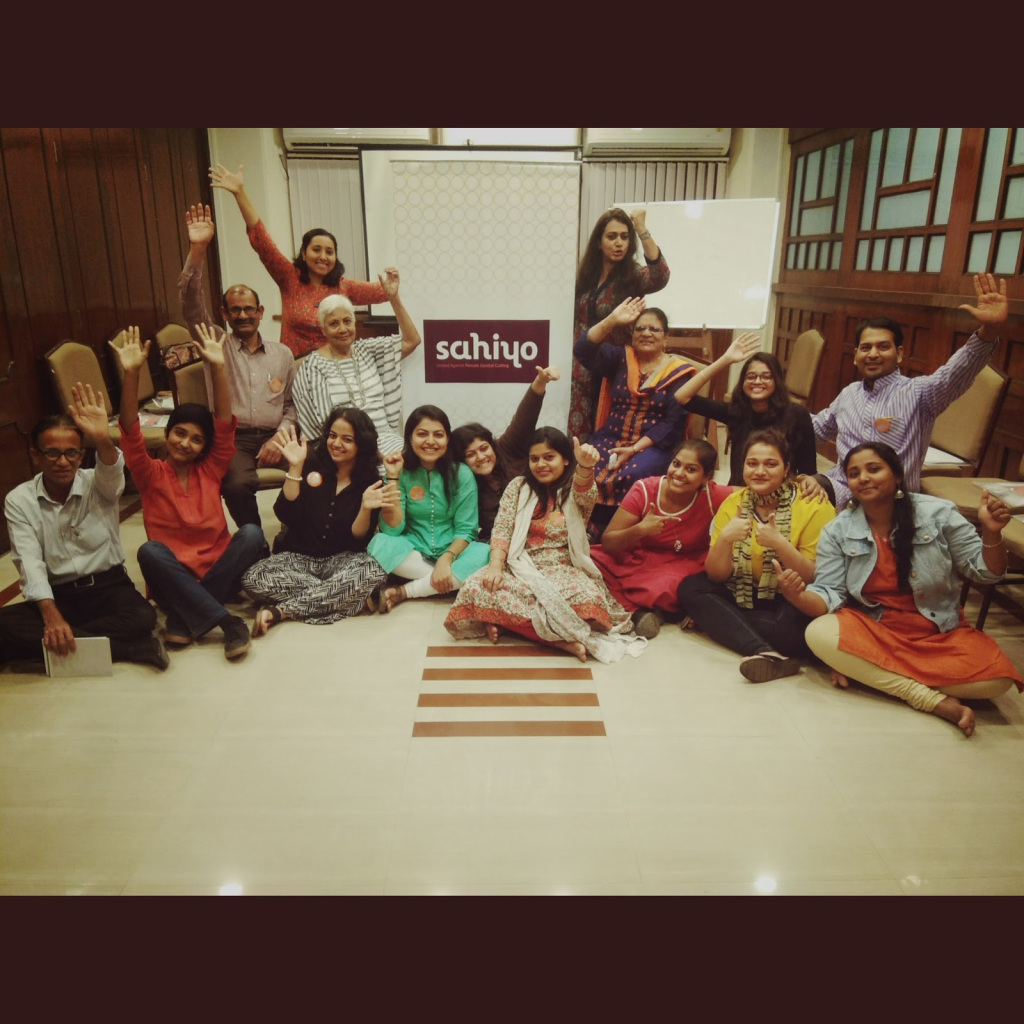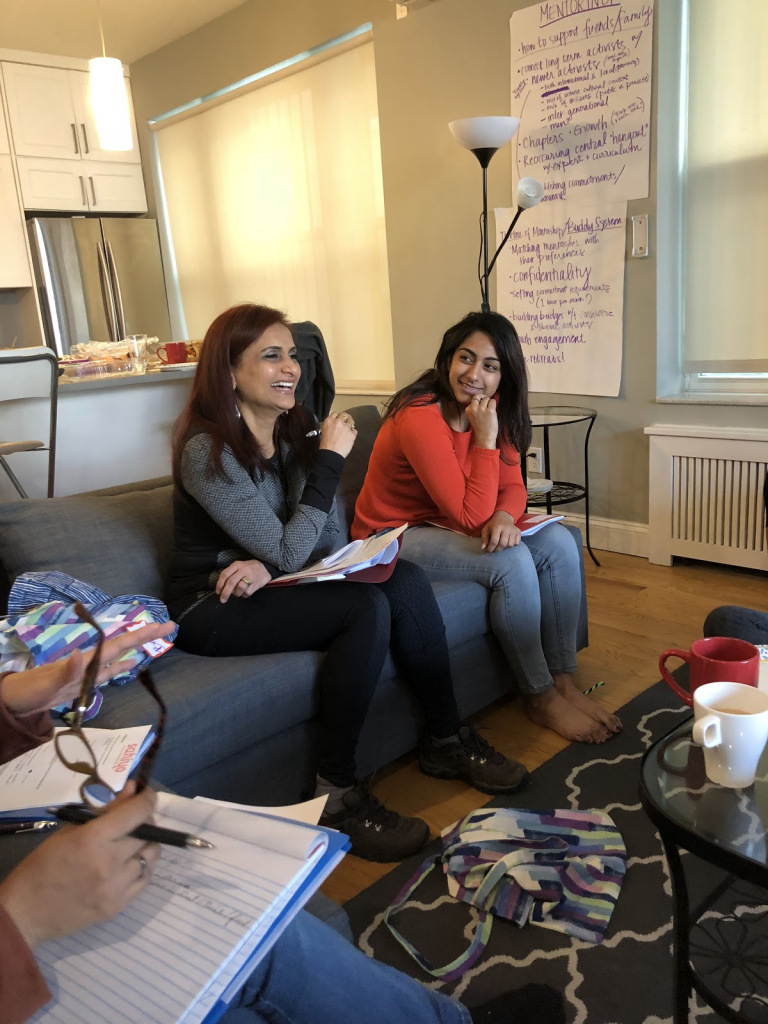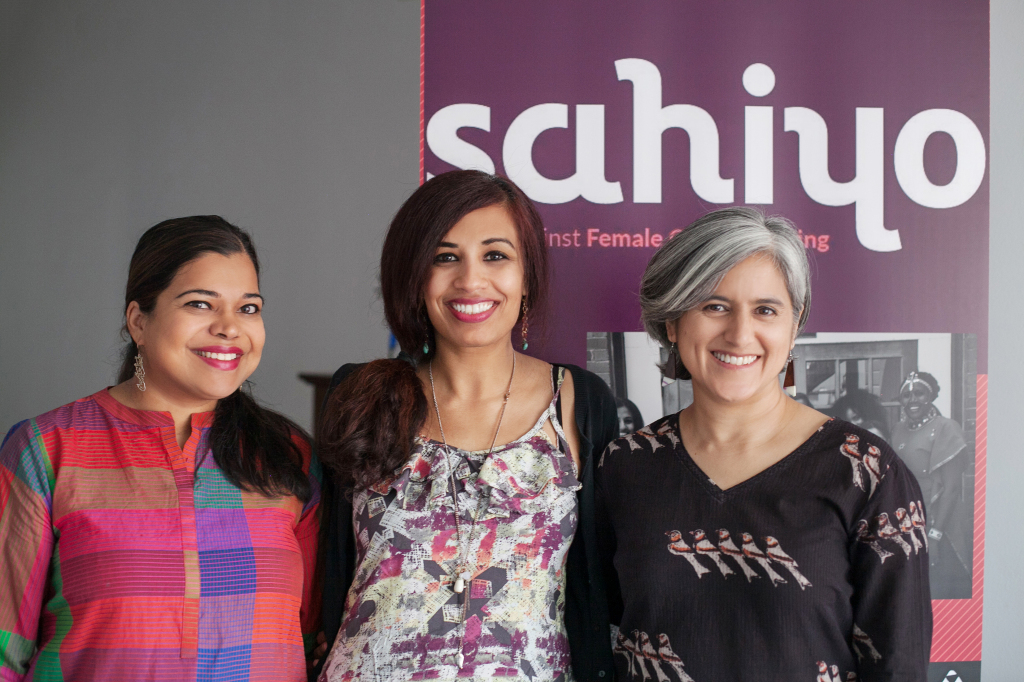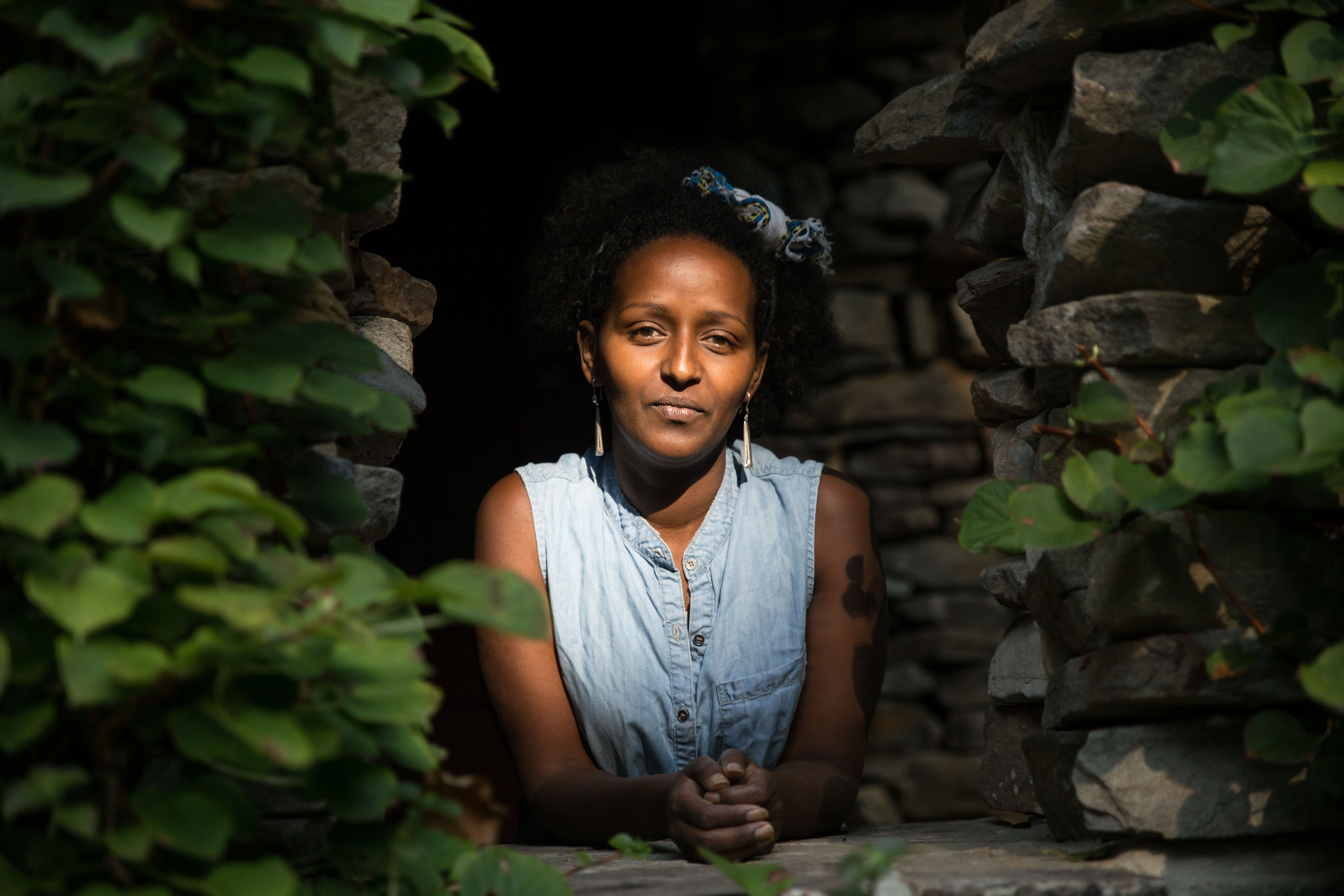By Jumana S.
“It should not be up to the elders to stamp the body of a girl child at the age of seven, (a process that is irreversible irrespective of the extent of damage), and decide what her religious convictions should be.”
– Jamila, Dawoodi Bohra survivor of FGC, Colombo
This fundamental right that every thinking individual commands is articulated by a survivor of female genital cutting (FGC) in a first of its kind report for the country titled, “Towards Understanding Female Genital Cutting in Sri Lanka.”
The report, published by the Family Planning Association of Sri Lanka, is the very first research study detailing the status of FGC in the country. It highlights the absence of dialogue, absence of awareness of the issue among medical practitioners, and also the unique political situation in the country that makes public discussion on the issue susceptible to ethnic controversy.
Released in December 2019, this detailed study interviewed 26 survivors with three main objectives: to understand the practice of FGC from the perspective of survivors; to interpret the practice in relation to their health, sexual pleasure, bodily integrity and relationship with family, community and faith; and to engage medical practitioners to help with solutions with the findings of the first two objectives.
Amongst the many shocking findings of the study, what overwhelms is the absolute absence of dialogue on the subject until about three years ago in the country. Hence, not only the survivors do not have a recourse for psychological counselling for their personal trauma, but the medical fraternity is also not equipped to deal with complications arising due because of it in sexual health and childbirth.
“Medical professionals were not aware of the practice until recently, and in the belief that it does not take place, had not looked for signs of it and it did not form part of routine examinations that are usually centered on reproductive concerns. Further that it may be difficult to observe, most doctors had not received formal training on the practice in Sri Lanka,” the report states.
As for the wider dialogue and understanding of the issue, the report notes that, “It is in the last few years – from 2016 onwards – that the practice of female genital cutting has surfaced in public dialogue in Sri Lanka, including in the media. A few women, primarily from the Dawoodi Bohra Muslim community, came forward to speak about their experiences and ask the state for a response to stop this practice.” However, what preceded this, as recently as 2008, was a circular by the All Ceylon Jamiyyathul Ulama (ACJU) of Sri Lanka, that had issued a fatwa on ‘female circumcision’ in response to a query from a member of the public, saying it is obligatory and recommended, citing religious teachings as well as the view that circumcision is important to maintain cleanliness of the genitals and ‘for enjoyment in family life’ (ACJU, 2008).
In the consultation, 23 out of 26 survivors (88%) said their influencer was a woman with 17 of them claiming it was their mother. The justification for the cutting given by the respondents were that it is perceived as a religious requirement; a means of establishing ‘Muslim identity’; for controling women’s sexual feelings; medically beneficial; a customary ritual; for improving sexual partners’ interest; and for improving sexual experience of the woman. The consultations revealed a notable trend of very little conviction and understanding of why the practice was followed. The reasons were not always strongly held and the justifications often relied on the interpretation of theological positions.
Based on consultations, the researchers came up with six observations. The key is the absence of space for survivors to reflect and talk. “Women need spaces, conversation starters, information and solidarity to navigate the complexities that surfaced,” the report claims.
Two critical observations are about the absence of formal training on the practice and the reluctance of medical professionals to engage. “FGC was not part of the medical training received in Sri Lanka,” as noted in the observations. “All medical professionals in the consultations stated they had not received training on the issue.”
Moreover, explaining the reluctance of the medical fraternity in engaging with the issue, the report observed, “Medical professionals expressed a reluctance to speak or engage publicly on the practice for the reason that such measures may be misconstrued as measures motivated by religious intolerance targeting a minority community. It spoke to the sense that the political context was not favourable to the Muslim community and there were strong possibilities that disruptive elements would create opportunity for mischief causing victimisation of Muslims, and drawing medical professionals and institutions into political conflicts.”
A unique observation that comes out is the context of the dialogue in the incumbent political atmosphere in the country. The report underlines this at outset, as well as in the conclusion, that while addressing the issue, one needs to be “sensitive to the local context of intolerance and possible victimisation that public discussion of the issue may lead to.” The report, in its final recommendations, urges for “a non-judgmental and non-discriminatory approach for working on FGC in Sri Lanka.”
Another recommendation that stands out is its insistence on understanding and addressing concerns raised by women of the Dawoodi Bohra community, “as the experiences of Dawoodi Bohra women of FGC in this consultation appears to be of a more severe form than that practiced by others in Sri Lanka.”












